For nearly half a century, the Egyptian government decided to create a canal and tunnel through the Western Sahara, eight kilometres long, from the western side of the low-lying Faiyum region, which led to the flow of surplus agricultural wastewater from the Faiyum Oasis to wadi al-Rayyan, creating two large industrial lakes, where water first reaches the northern lake, and when it exceeds its capacity, water flows from it to a stream towards the deepest a part of the second lake, and since of the erosion of the stream of rocks, natural begins to look and therefore the waterfalls form.
The idea of taking advantage of the waters of wadi al-Rayyan, began during the reign of Muhammad Ali Pasha, who commissioned his chief engineer , "Lenan de Belphon", to seek out some way to store the floodwaters, and in 1882, the American engineer "Frederick Top Hoyt" submitted a project to convert the nile water to low rayan, so as to safeguard the Nile from flooding High, and also the use of water stored in time of need, as "Western" and "Lernobek" provided a close study of the Project wadi al-Rayyan, and really submitted a report in 1880, and in 1892 Sir William Wilkes presented his first report, In 1894 he submitted his second report, and in 1895 he submitted his third report, and was thinking of connecting the Nile to the work of an enormous cruiser in wadi al-Rayyan by digging a channel passing near the Al-Hajj facility southwest of Ahnasia about 7 kilometers to wadi al-Rayyan.
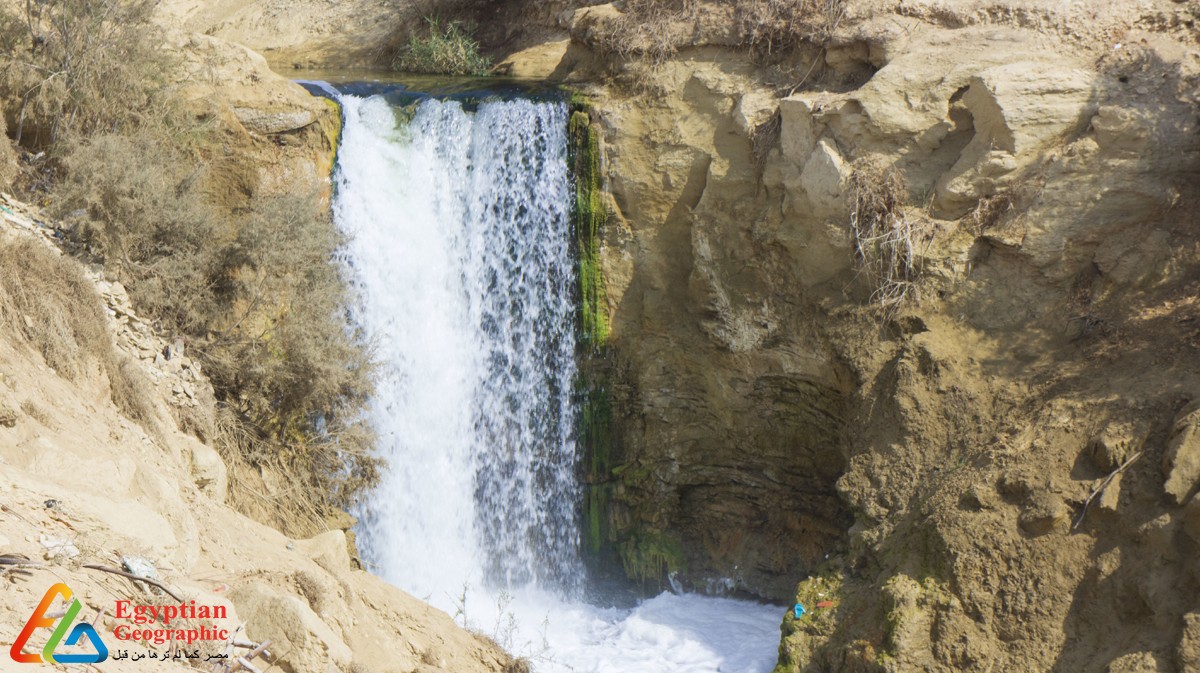
In 1943, the Egyptian government began digging a large area of that canal, but the project stopped for reasons that they initially thought was scientific. Some geologists declared that the bottom of the Faiyum depression was full of tectonic faults and fractures. The canal engineers feared water leakage into those faults. Years, specifically in the year 1950, the geologist Cirque de Fox proved that the theory was false, and despite this, the idea of converting Wadi El-Rayan into a water reservoir was canceled, in order to start studies for the implementation of the High Dam in Aswan.
For two centuries, the Egyptian state has sought to check the storage of nile water within the Faiyum depression, and this encouraged it that the valley is falling below the Mediterranean surface by a half 46 meters, about 1 meter above the amount of Lake Qarun, which enabled the disbursement of the southern agricultural land in Faiyum to wadi al-Rayyan, which encouraged the Egyptian state to return to the identical idea again in 1974 to start work.
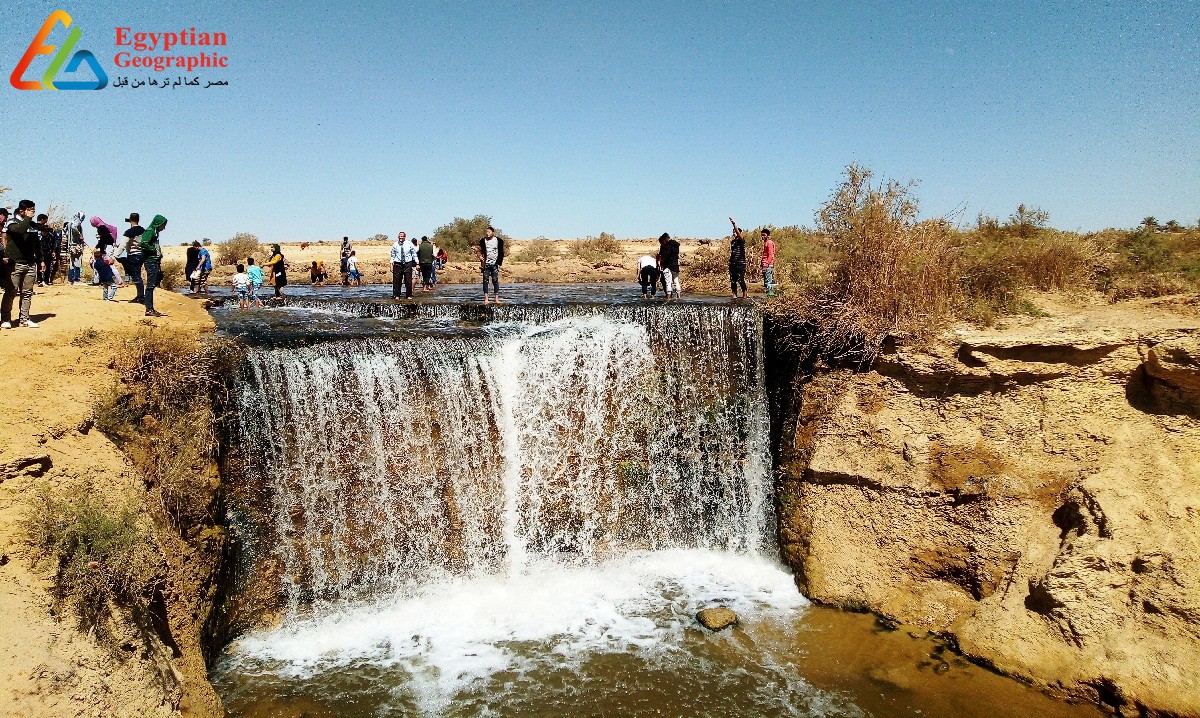
Since the opening of that canal and also the excess water, it's directed from the Faiyum Oasis on to Qarun Lake within the north, that lake is ready to soak up a limited amount of that water, and quite it pours into the second lake, and also the decline of the location of wadi al-Rayyan has helped to try to to so, so these waterfalls branched several waterfalls of various heights, all located within the Valley of Al-Qassim, where the difference attributed between the 2 lakes reaches twenty meters, which is three natural waterfalls, ranging tall from 2 to 4 meters.
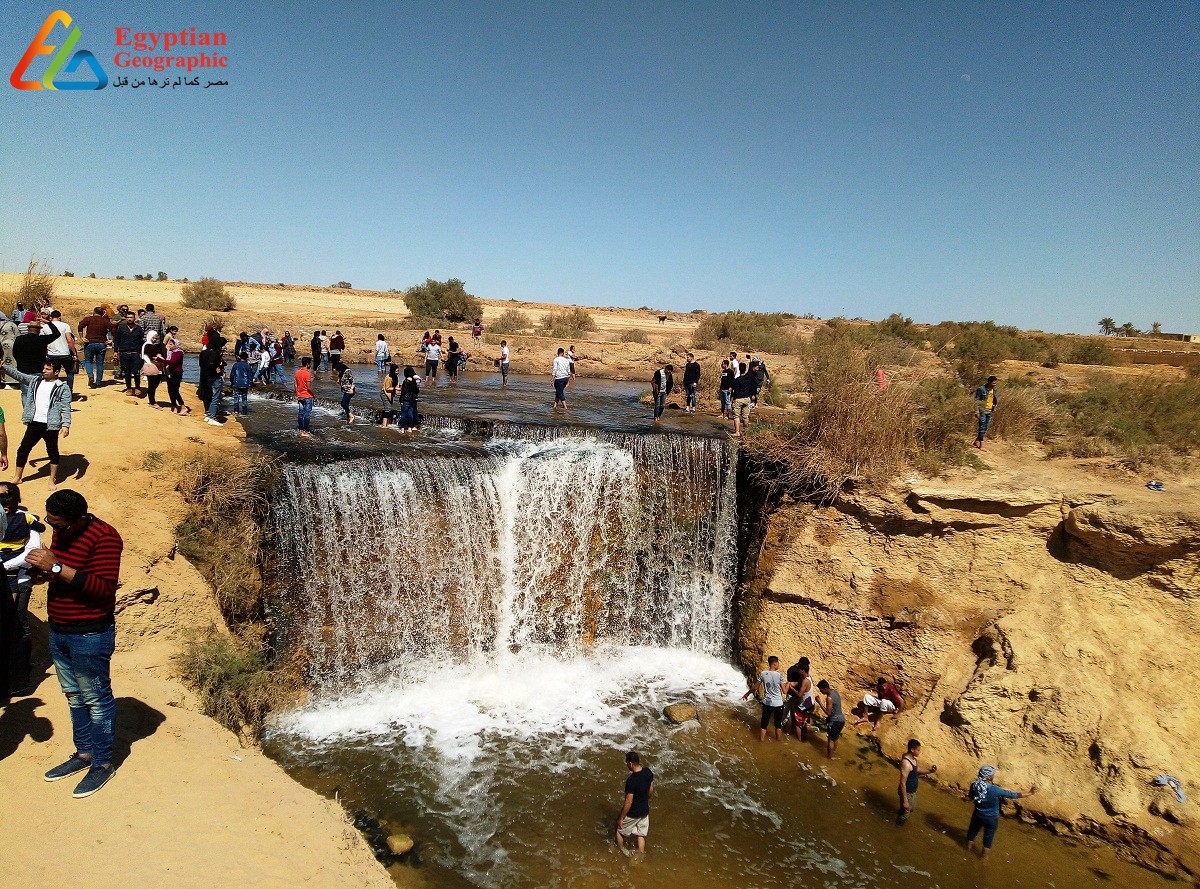
According to experts, these waterfalls won't remain forever, because the level of the lower lake is rising continuously, and therefore the water won't still flow through the waterfalls, unless the evaporation rate of water within the lake increases adequate the number of water that flows in it, but if the amount of water of the lake continues to rise, the waterfalls will gradually disappear, merging with the lake.
The most important characteristic of the realm of waterfalls and artificial lakes is that it's become home to plants, making it an appropriate winter home for quite 140 species of migratory birds, a perfect place for fish breeding, because it may be a nature reserve and residential to the biggest number of deer "skinny century" within the world, additionally to 24 other species of mammals like fox, jackal, foxes, wild cat, ferrets, 143 species of birds, 15 species of reptiles, 29 species of fish, additionally to marine fossils dating back about 40 million years, moreover because the teeth of sharks, loacies, sea shells and sea shells.
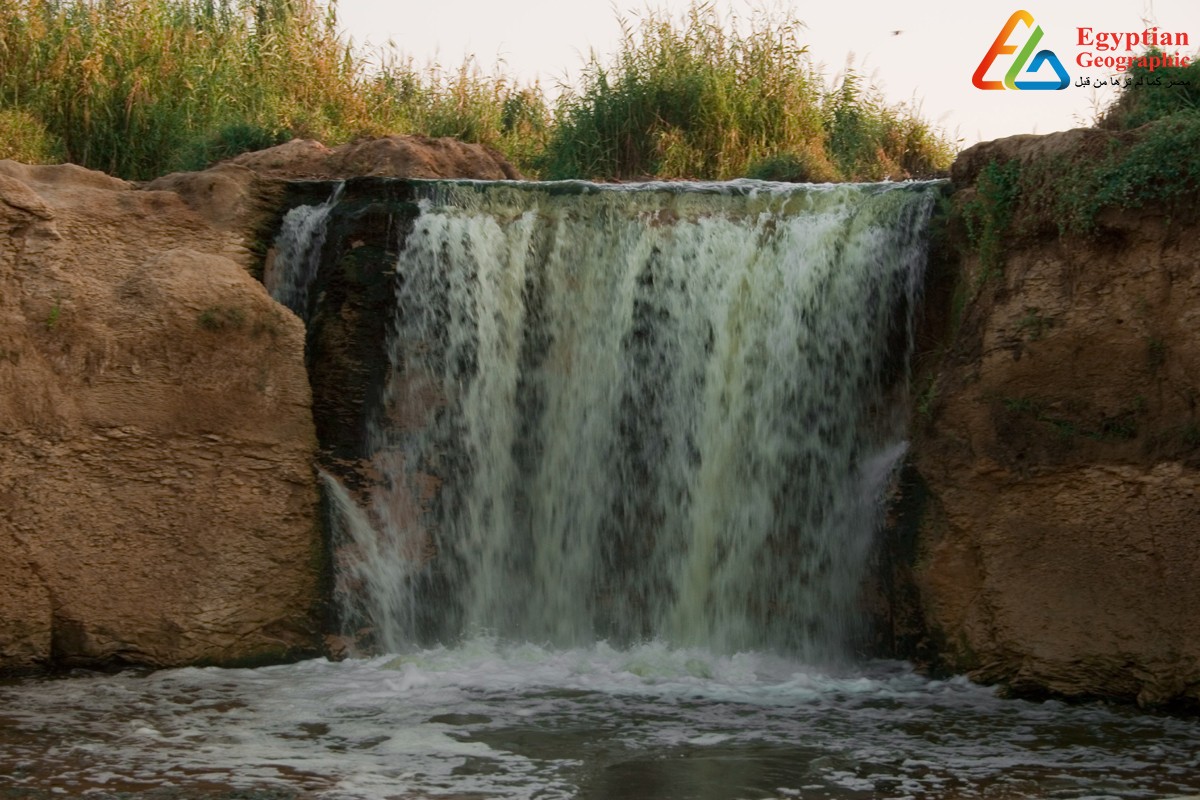

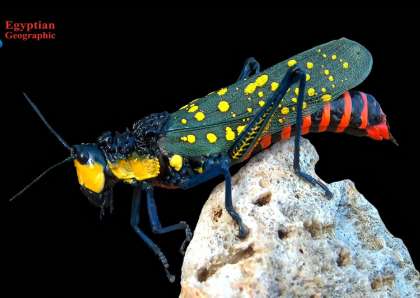
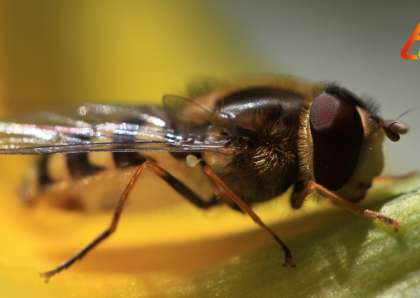
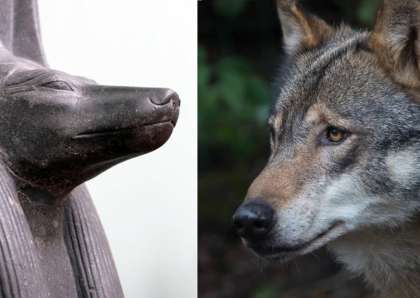

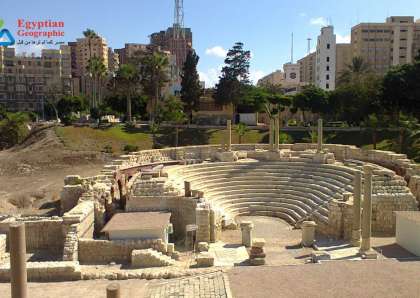
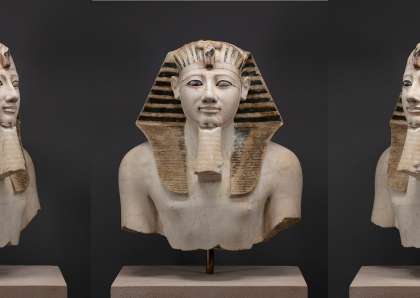


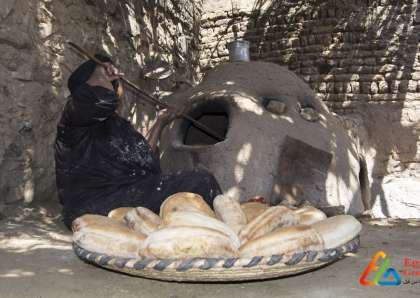






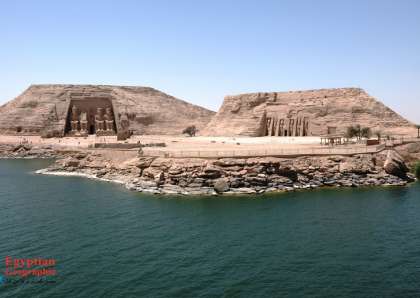

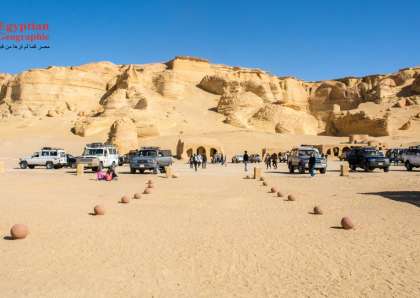

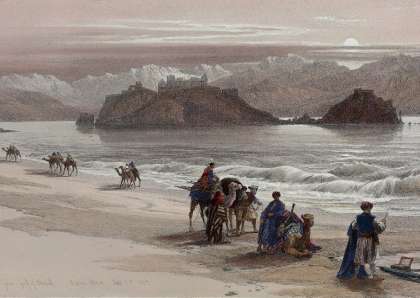


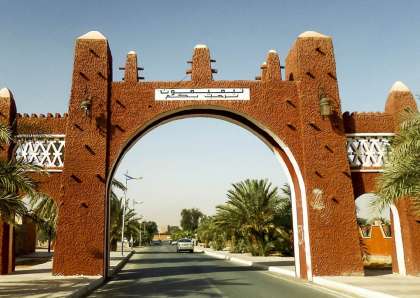


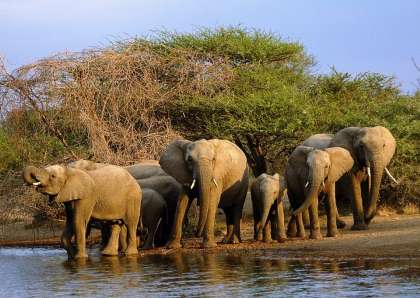







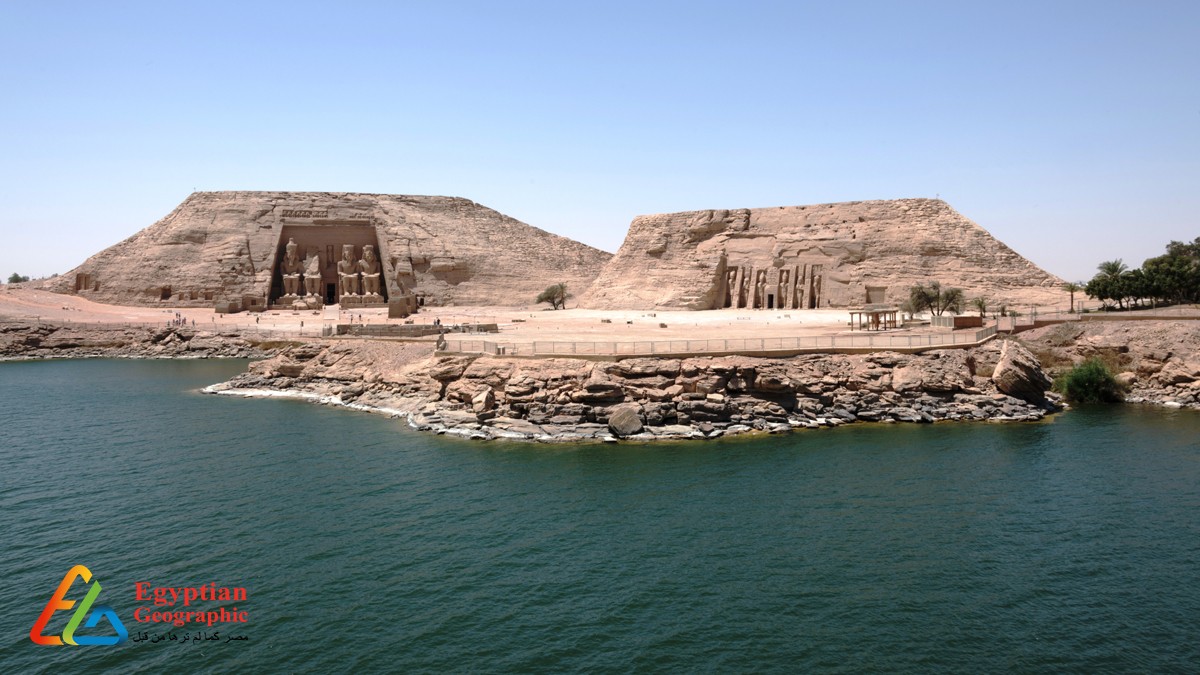

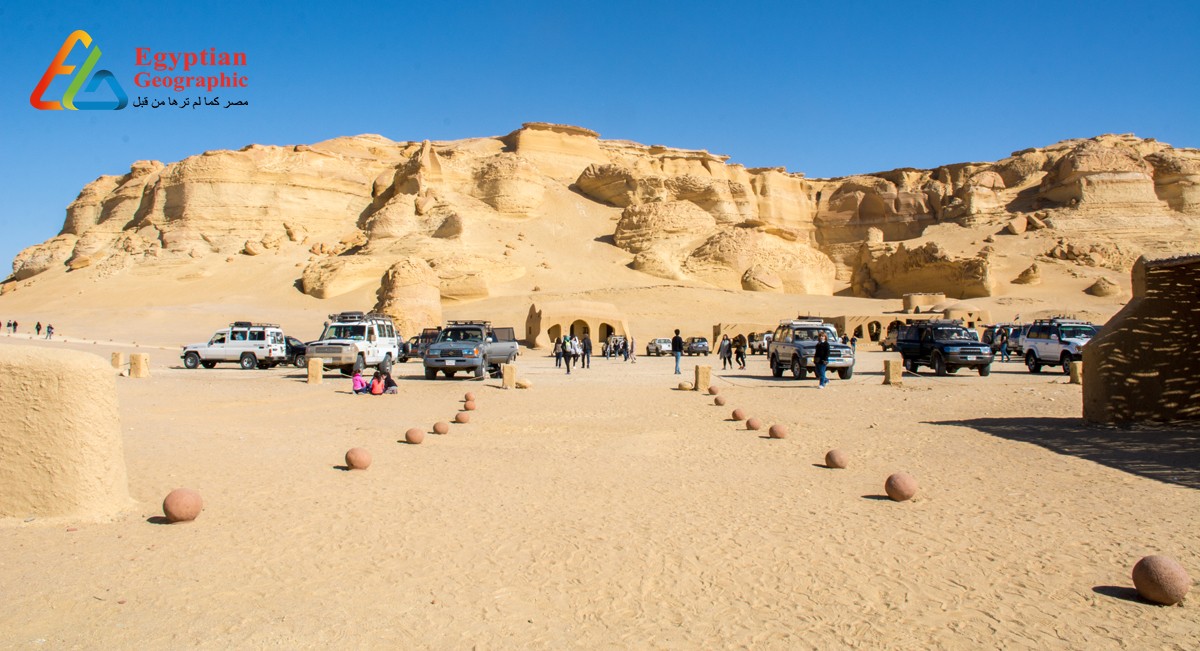


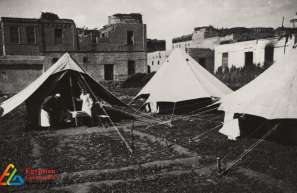







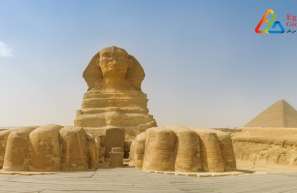


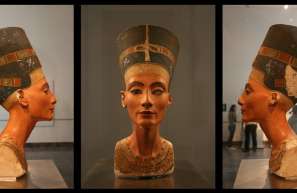

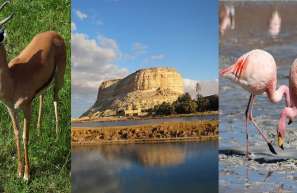
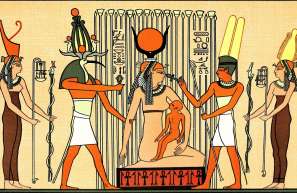









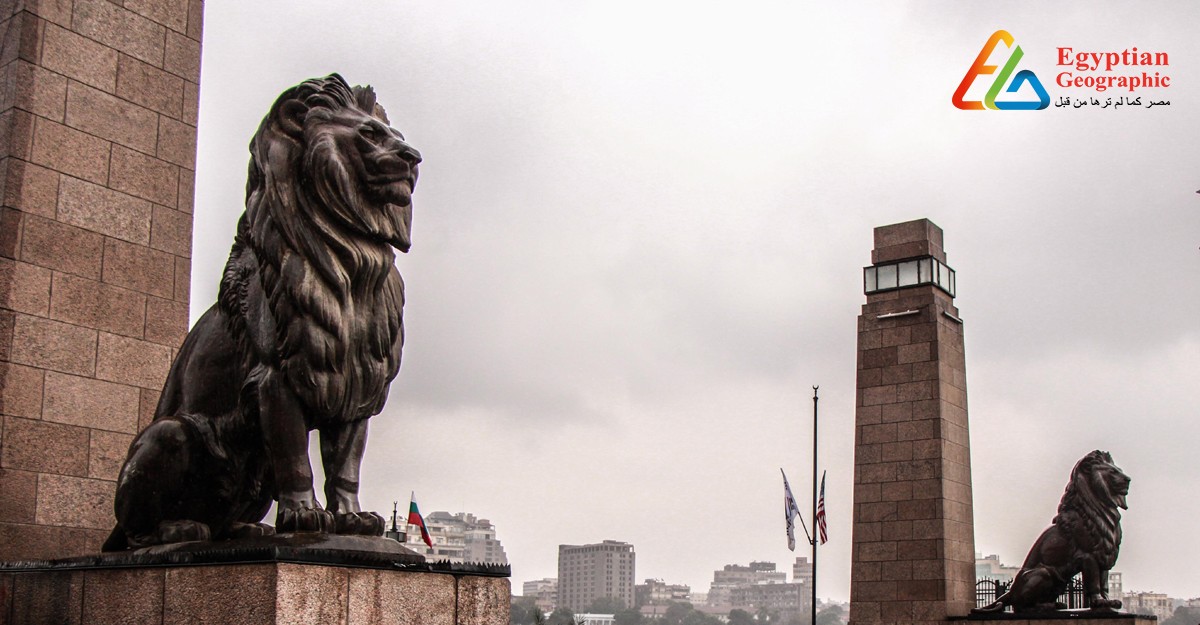
Egyptian Site & magazine